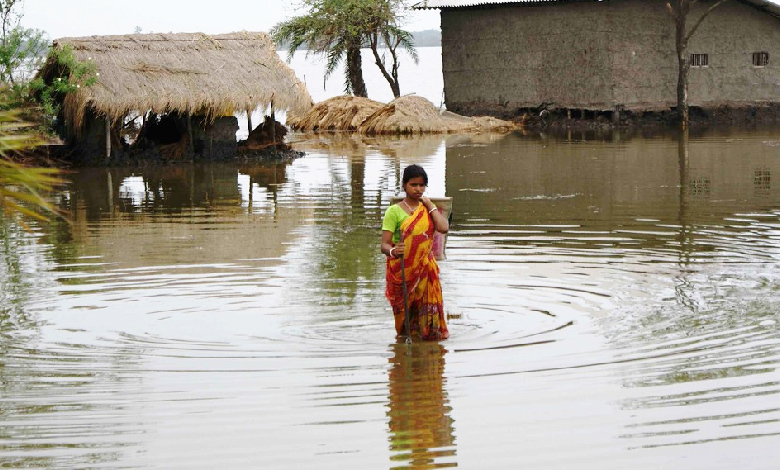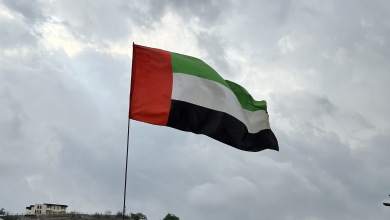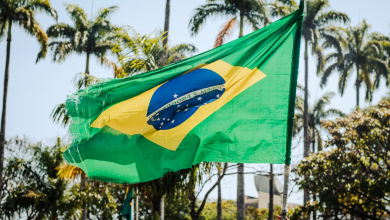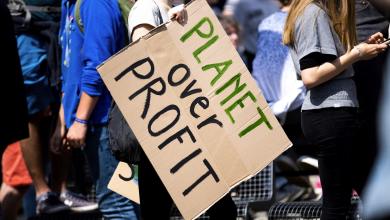Deciding scale of people’s sufferings: Spending the Loss and Damage Fund involves agonising choices

The recently concluded COP28 Summit in Dubai marked a number of key achievements, including participants acknowledging the need to transition away from fossil fuels, in order to keep global heating below the 1.5 degrees Celsius threshold set by the Paris agreement.
In November 2023, the climate conference also saw participants agreeing to operationalise the Loss and Damage Fund, to compensate vulnerable countries for brutal climate consequences. Several nations kickstarted the Fund through donations of $661 million.
Loss and Damage Fund: Reconstruct, restore, relocate
The key development came after decades of pressure from low- and middle-income countries (LMICs), which continue to bear the brunt of climate impacts, for compensation from the rich nations that are responsible for the lion’s share of carbon emissions.
The COP28 agreement states that the money is supposed to flow to LMICs that are “particularly vulnerable to the adverse effects of climate change,” including extreme events such as floods or slow-onset disasters like rising sea levels.
The Loss and Damage Fund could be used for reconstruction, restoration and relocation. But important questions remain about how to allocate it. It’s hard to decide which disasters can be attributed to climate change, who is the most vulnerable and how to measure the losses.
Governing board might divvy up money in several ways
The Fund adds to existing forms of climate financing such as the Green Climate Fund and Adaptation Fund. These channel money from high-income countries to poorer ones for mitigation and adaptation purposes, reported Nature.
Because these efforts are not capable of avoiding climate disasters, countries agreed in 2022 at the COP27 climate conference in Sharm el-Sheikh, Egypt, to set up a Loss and Damage Fund to fill gaps in financing, in a historic breakthrough.
The governing board might divvy up the money in several ways. For example, it could decide a maximum amount that countries can receive, irrespective of how vulnerable they are, or it could prioritise on the basis of a country’s level of vulnerability.
The allocation system is important because the fund isn’t currently sufficient enough to meet the scale of the need. The $661 million is just a fraction of the $100 billion annually that LMICs have requested by the end of the decade.
Read More: Paper straws seem to be better alternatives to plastics. But are they really?



